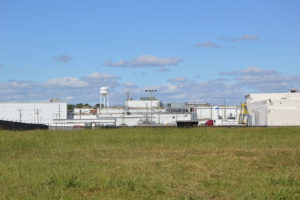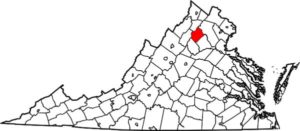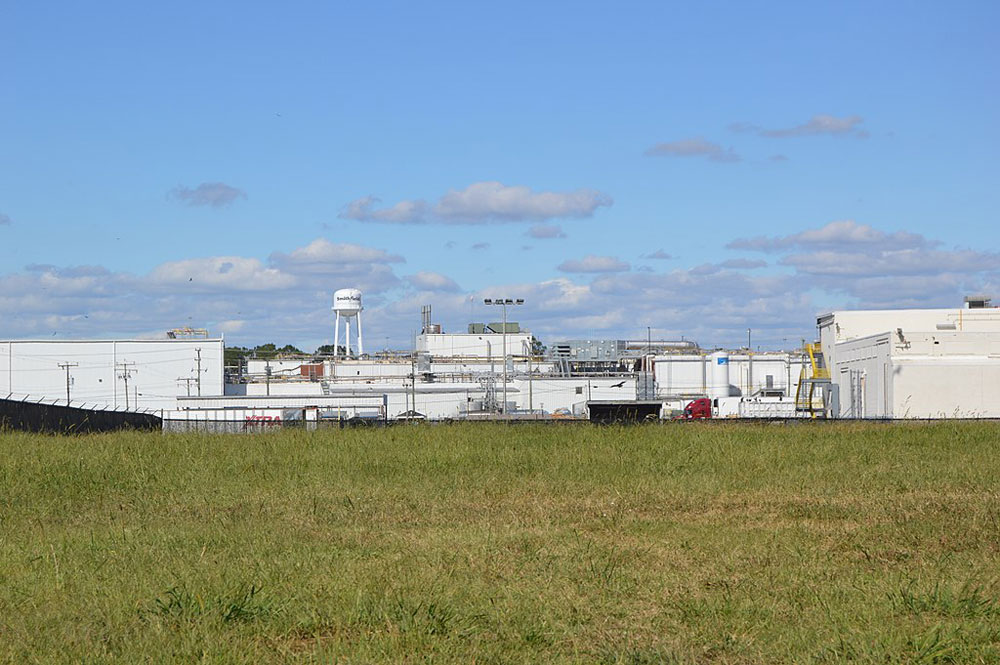
April 15, 2015;Stateline
Here are two apparently contradictory stories about rural America, one upbeat, the other quite the opposite.
On the positive side of rural, Teresa Wiltz writes for Stateline, the very useful news and analysis source of the Pew Charitable Trusts, that “new census data show that for the first time since 2010, the outermost suburban counties are growing faster than urban counties and close-in suburbs.” The demographic change that Wiltz describes is the increase of 146,000 in new exurban residents attributable to domestic migration. The “vibe” of these exurbs, she writes, “is decidedly rural Americana.”
Why are the exurbs growing? Wiltz cites multiple potential reasons for this turnaround, including people moving to the exurbs for jobs (she cites Joel Kotkin, the well-known author, who believes that suburbanization is the likely route to growth around the world, to point out that “the vast majority of jobs aren’t in the cities”) and for “bigger and more affordable homes in a more wide-open space.”
Joel Garreau, the Edge City author, even questions whether “exurbs” is even the right terminology, suggesting that the move of people to these communities isn’t an extension of suburbia, but, as conveyed by Wiltz, the movement of “urban exiles [who] aren’t looking for a lengthy commute from the far suburbs to a downtown office. They’re seasoned professionals with big incomes who’ve grown tired of the urban rat race…[and are] looking to completely eradicate the notion of commuting to work and toiling from 9 to 5. Rich greenery and wide-open vistas are a must.” Garreau suggests Santa Fe, New Mexico as the model, with its culture, shopping, architecture, and mountain vistas, all combining for a “Santa Fe effect” that other exurbs might emulate.
Some of the exurban growth might be attributable to the economic revival, but Bill Bishop reports in the Daily Yonder that, based on Bureau of Labor Statistics data, job growth in rural America stopped pretty abruptly in 2014. Between January 2014 and January 2015, rural counties lost 331,000 jobs while metropolitan counties gained 3.1 million jobs. Job losses almost always correlate with workforce and population losses; the rural workforce dropped 557,000 during 2014, which almost assuredly means that rural counties lost population as well.
Sign up for our free newsletters
Subscribe to NPQ's newsletters to have our top stories delivered directly to your inbox.
By signing up, you agree to our privacy policy and terms of use, and to receive messages from NPQ and our partners.
It may be that these contrasting stories describe an in-migration by people who can choose to live wherever they want and an outmigration of people who have to go where there are jobs. Those in-migrants pose tough challenges for rural areas. Wiltz, for example, mentions in her piece seeing McMansions, farmhouses, mobile homes, and designer outlet stores together in the exurban area 40 miles north of Atlanta. That kind of mix of land uses can constitute a planner’s nightmare and a challenging issue for citizens groups trying to determine how residential development and open space and farmland preservation should be balanced.
In Clark County, Washington, citizens are on both sides of the growth debate. Friends of Clark County is fighting against land use plans that would allow for suburban sprawl and thousands of McMansions, while Clark County Citizens United believes that prior land use controls robbed them of their land use development rights, which they hope a new land use scheme will undo and correct. This divide, between people who want the values of their property maximized through upzoning versus those who want to preserve rural farms and open spaces, is playing out across the nation.
There is another split occurring in this realm as well. The Pew Research Center reports that there is a liberal/conservative divide over exurbia:
“Seventy-seven percent of consistent liberals want to live in neighborhoods where ‘the houses are smaller and closer to each other, but schools, stores, and restaurants are within walking distance.’ In contrast, 75 percent of consistent conservatives prefer it when ‘houses are larger and farther apart, but schools, stores, and restaurants are several miles away.’”
One wonders, however, whether the existing residents of these rural areas are all that happy with the finding, according to the Washington Post, that “the McMansion is back, and bigger than ever.” Somehow, McMansioned exurbs with designer outlets more accessible than schools and hospitals do not convey a sense of a revival of rural America.—Rick Cohen














